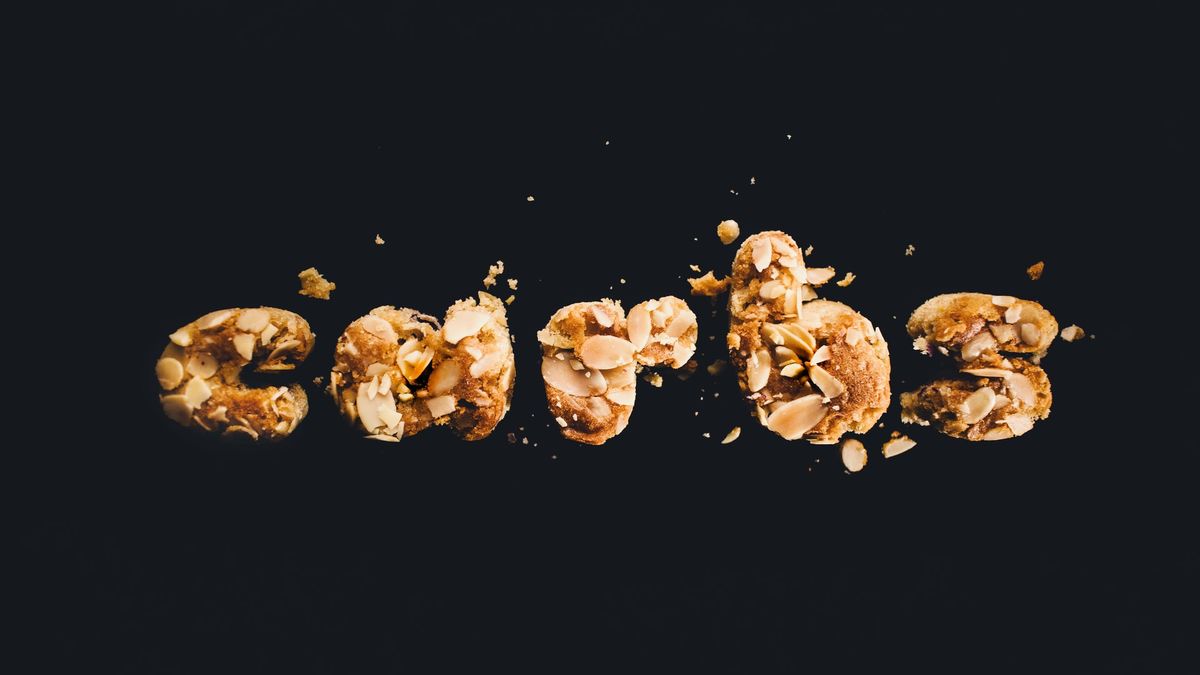JAKARTA - Carbohydrates are needed by the body and can be obtained from daily food intake. Carbohydrates in food can be judged good and bad by measuring the glycemic index and glycemic load. What is the glycemic index and glycemic load of each food?
As a source of energy, carbohydrates contain sugar, flour and fiber. In terms of chemical content and its effect on the body, there are two types of carbohydrates, namely simple carbohydrates and complex carbohydrates.
Simple carbohydrates consist of easily digestible sugars. Some are natural, for example in fruit. There are also refined sugars such as in candy, baked goods, and soda. Simple carbohydrates are quickly absorbed by the body through the intestines, the effect of which causes a spike in blood sugar levels.
Various processed sugars commonly added to foods include brown sugar, corn sweetener, corn syrup, maltose, fructose, glucose, malt syrup, honey, agave nectar, molasses, and fruit juice concentrate.
Well, you can check it on every packaged food because it must be stated by the product manufacturer.
Meanwhile, complex carbohydrates are found in whole grains, beans, vegetables, and other foods that contain longer chains of sugar molecules. Reporting from Everyday Health, Tuesday, March 9, complex carbohydrates have an additional element, namely fiber.
Fiber is not absorbed by the body but provides food for good gut bacteria. In addition, complex carbohydrates are slower in the bloodstream so they do not increase glucose and insulin levels like simple carbohydrates.
According to Sandra Meyerowitz, MPH, RD, a nutritionist and owner of Nutrition Works in Louisville, Kentucky, complex carbohydrates provide you with a more consistent amount of energy.
Simple carbohydrates are not necessarily bad, especially those from fresh fruit. However, it is important to know the right portion in addition to paying attention to its quality.
Simple carbohydrates that need to be limited are soda drinks, candy, desserts, processed foods such as potato chips, granola, and crackers.
The goodness of complex carbohydrates is because they require a long digestive process to break down the chemicals in them. This means that glucose is released at a more consistent rate, not fluctuating.

Good carbohydrates are in complex carbohydrates because they have more complete nutrients including sera and B vitamins. What needs to be limited is simple carbohydrates, although the quantity of good carbohydrates is also important to measure.
In addition to the two categories of carbohydrates listed above, nutritionists and dietitians use a food glycemic index calculation, which shows how quickly your blood sugar will rise after you eat that food.
Foods with a high level of the glycemic index are easier to digest, causing a rapid rise in blood sugar. This means that simple carbohydrates include foods with a high glycemic index. Meanwhile, the glycemic index is low in simple carbohydrates.
According to data from the University of Sydney, melons and watermelons have a glycemic index of 70 and 72. Although relatively high, these fruits are healthy if consumed in moderation or not too much.
So what is the glycemic load? The glycemic load or known as the glycemic load can be calculated from the glycemic index level of one type of food multiplied by the number or portion of food, then divided by 100.

According to data reports from the University of Oregon, low glycemic load is less than 10, medium between 11 and 19, and high at 20. Well, this glycemic load is a way of calculating how much is the right amount of consumption of a food that includes sugar.
There are two fruits that have a high glycemic index but low glycemic load, namely bananas and watermelons. In bananas, the glycemic index is 55 and the glycemic load is 13. Furthermore, dietitians use net carbohydrates for complex carbohydrates.
This means that the amount of carbohydrates in one type of food is reduced by the amount of fiber. For example, there are 10 grams of carbohydrates in which there are 5 grams of fiber.
This means that this type of food has net carbohydrates of 10-5 = 5 grams. Those on the keto diet will use this count for healthy carbohydrate intake.
Recommends Alicia Galvin, RD., A dietitian at Sovereign Laboratories in Dallas, carbs aren't bad. Even though there are simple and complex carbohydrate categories, you still need to be careful in managing a healthy diet.
Prioritize considering the sugar and fiber levels of whole grains, fruits, and healthy vegetables and avoiding less nutritious foods.
The English, Chinese, Japanese, Arabic, and French versions are automatically generated by the AI. So there may still be inaccuracies in translating, please always see Indonesian as our main language. (system supported by DigitalSiber.id)













